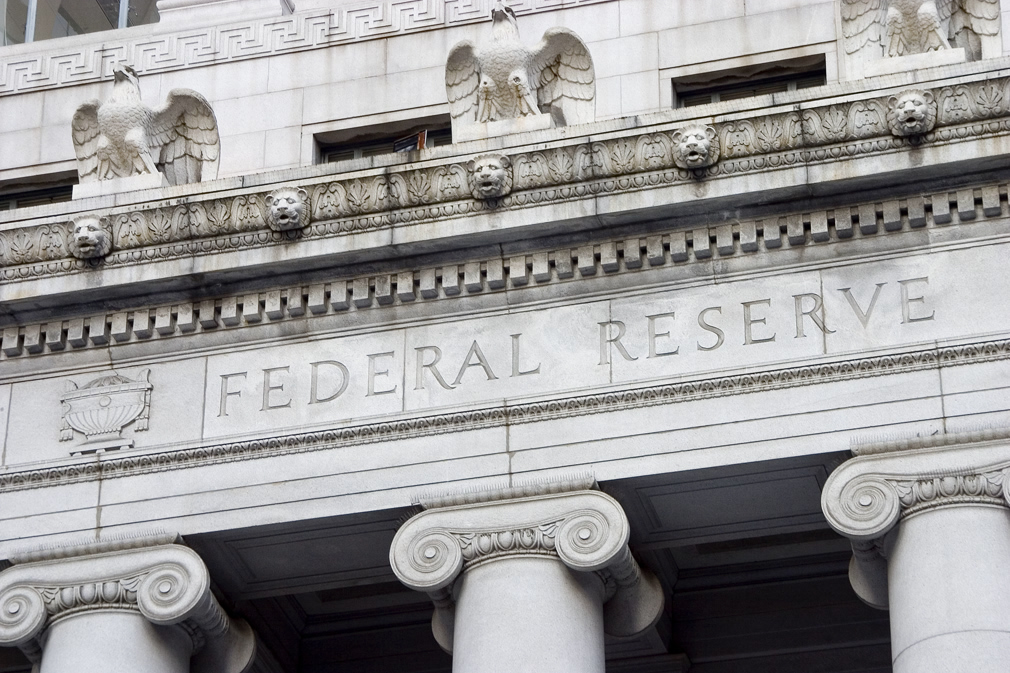The Federal Reserve’s two-day policy meeting that ended on Wednesday left rates unchanged and gave a strong indication that it will not raise interest rates for a long time.
Back in August of 2015, when the Fed began hinting about raising rates for the first time since the 2008 financial crisis, I questioned the benefit of a hike when inflation was still low. At that time, I suggested that the Fed raise its inflation targets of the Personal Consumption Expenditure Index (PCE) between 2.25% and 2.5%, rather than its long term target of 2%.

Columnist
Setting a higher target means that the Fed can have more room to run the economy hotter while following their dual mandate. So far, the U.S. has had a hard time getting the rate of growth of PCE to stay between 2.25% and 2.5% this century.
The Federal Reserve doesn’t want to make the mistake of raising rates too fast again, especially with so many Americans unemployed and an uncertain future due to this virus.
As Fed Chairman Jerome Powell said, “We are not thinking about raising rates. We are not even thinking about thinking about raising rates.”
During the last expansion, the Fed followed zero interest rate policies for a long time.
Even with record federal debt, Quantitative Easing measures – in 2008 (QE-1), 2010 (QE-2) and 2012 (QE-3) – and a host of other operations, and we never had breakaway inflation.
At this point, we need to encourage the economy to heat up until we see lower unemployment. We need a tighter labor market, especially for jobs at the lower end of the wage scale, so those workers have more bargaining power. We have a lot of room to push the market before inflation becomes an issue.
The other inflation metric, the Consumer Price Index (CPI) is heavily weighted by the cost of shelter (42.2%). It is not easy to move the core components of that index – which doesn’t include food and energy – unless shelter inflation really gets hot. The strong dollar is another element that keeps our inflation at bay. If anything, the dollar was too strong during the last expansion. And got even more robust during the early part of the COVID-19 recession.
So what does low inflation and a near-zero interest rate policy mean for the U.S. housing market? We can have zero interest rate policy for another five years and still see mortgage rates go over 4% (like we saw back in 2013), because the 10-year yield (and thus mortgage rates) moves with growth. Having said that, we can expect people with home equity lines or recasting adjustable-rate mortgages will be enjoying very low interest rates for some time.
The downside to low growth and low-interest-rates is that small moves in mortgage rates can significantly impact demand, especially in high-cost metro areas.
This is due to the constant home price growth we have seen since 2012. A low mortgage rate is a significant factor in facilitating home price growth. In the two times in the previous expansion when rates went higher but didn’t break over 5%, it still cooled growth of home prices.
Since 1981, a significant factor for facilitating demand has been mortgage rate declines of 2% or more – but there is a limit to that.
We can’t expect a 2%-plus drop in the already low current rates. I can’t see the 30-year fixed going below 1.875%, as the lowest bond yield forecast I have talked about is -0.21%. If the government decided not to fiscally support the economy in this crisis, the 10-year yield would have to be lower than today’s 0.68% level.
The take-home lesson from all of this is: Even with an unemployment rate under 4%, the longest economic and job expansion ever, neither inflation nor wages spiraled out of control.
I believe the Federal Reserve finally understands that we need to let the economy run hot before we start raising interest rates. Also, the talks of much higher mortgage rates due to federal debt, which just surpassed over $26 trillion, never materialized.







